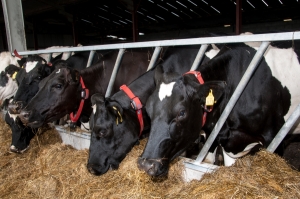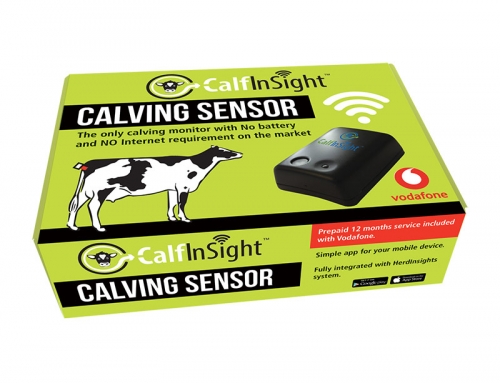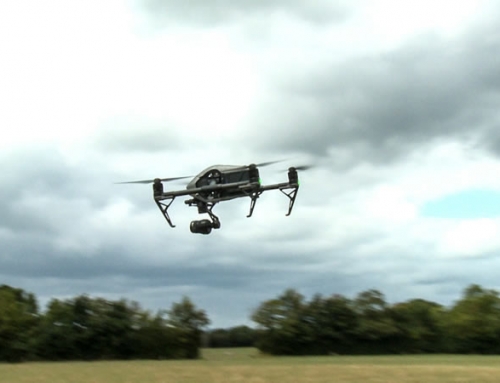What is Rumination?
Rumination is the process by which a cow regurgitates previously consumed feed and masticates it a second time. The rumen of a dairy cow and its microbes enable it to digest plant fibres which allow the dairy cow to convert forages which humans are unable to digest into nutritious foods for humans.
The amount of time a cow spends ruminating will depend on their diet but a healthy and normal cow will generally ruminate for 8 to 10 hours a day. Rumination can take place 15 to 20 times a day for approximately 30 minutes and she will cud- chew 50 to 70 times before swallowing again and ideally this rumination will happen while the cow is in a lying position.

If the cow is ruminating less than normal, the fibrous particles will stay in the rumen longer causing the rumen to feel full. The cow will eat less and as a result produce less milk.
As soon as a cow feels sick she is eating less than normal, this is a reaction we know from every animal even from ourselves. Once the feed intake is lower, rumination immediately starts to decrease. If the farmer can be made aware of this at an early stage they can respond and treat the cow before they become seriously ill.
If a cow not ruminating enough, it can be an indicator for many disorders
-
Warm weather and high temperatures – mean a naturally lower feed intake
-
Cow in heat – will have a lower feed and water intake especially in the first lactations
-
Mastitis – low feed intake
-
Fever – bad health condition, lower feed intake
-
Acetonaemia/Ketosis – a metabolic disorder of the carbohydrate and fat metabolism
-
Rumen acidosis – can occur when the pH of the rumen falls below 5.5
-
Rumen alkalosis – caused by an increase in the pH of the rumen
-
Acute Lameness
Rumination data gives an indication of each cows feed intake. Rumination data also gives an insight into the feed quality and by monitoring the changes in rumination behaviour around the feed changes the quality can be assessed by assessing the cow’s reactions. Any change in diet has to be introduced slowly over a number of days and weeks to enable the microbes to adopt, it is important to carefully monitor the herds response to change of diet and adapt accordingly.
The monitoring of cows eating habits and rumination data provides the farmer with a good indication of their herd’s metabolism and health – most importantly it provides them with the opportunity to detect sick cows and provide the necessary attention.
Herdinsights measures the animal’s rumination through the HerdInsight’s smart collar by detecting muscle movement in the neck. Each cow has her own rumination rhythm and time, therefore the system compares current data with the animals ‘normal’ behavior. Any negative variance from the cow’s normal rumination behavior will be detected and an alert sent directly to the farmer’s phone. This alert enables the farmer to react in a timely manner to treat the animal.
In addition to the health benefits as the system also provides rumination data for the whole herd it enables the farmer to monitor the herd’s overall diet and monitor the implications of any dietary changes.
Example
The graph shows the rumination history of a dairy cow from 29th of October to 19th of November. If we look at the 7th of December we can see a dip in rumination.

Looking closer at the 7th of November we see that the cow has been ruminating badly over 24 hours. This is obviously not the animal’s normal behaviour and is a clear indicator that the animal is sick. In this case the farmer will receive a health alert to his phone.






